Top rare Tylosaurus Tooth 1.9″ Mosasaurus Fossil
$ 73,00
1 in stock
Mosasaur Tylosaurus |
|
| SPECIES | Tylosaur |
| AGE | Late Cretaceous (~70 million Years) View on Geological Time Scale |
| LOCATION | basin sidi chennan, Morocco |
| FORMATION | Phosphate Deposits |
| SIZE | 1.9″ long |
| CATEGORY | Reptile, Amphibians & Synapsids |
| SUB CATEGORY | Mosasaur |
tylosaur tooth incredibly rare and well-preserved tooth Rooted from a mosasaur species,also measuring 2.4 inches long. It was discovered in the phosphate deposits of the Sidi Chenane Basin in Morocco, and stands out due to its exquisite enamel quality and range of caramel hues. This unbroken specimen has not undergone any treatments or alterations to its natural shine and color.

after all, Tylosaurus is a well-known mosasaur that lived during the late Cretaceous period and is often featured in popular media such as books and television documentaries. It was among the largest of its kind, along with Mosasaurus and Hainosaurus.
so, Unlike earlier pliosaurs that relied on their flippers for movement, mosasaurs like Tylosaurus used their tails to propel themselves through water. Tylosaurus had over eighty vertebrae in its tail, each with a tall neural spine and a deep ‘V’ shaped chevron on the underside. This allowed for maximum surface area to push against the water and move forward efficiently.
Although not completely fish-like in shape, Tylosaurus had a streamlined body shape that was optimized for hydrodynamics. When viewed from the front, Tylosaurus presented a small cross-section due to its sloping skull and reduced drag. Its smaller flippers were primarily used for steering rather than swimming.
The unique and sometimes damaged snout of Tylosaurus has been suggested to be a weapon used in territorial combat against others of its kind. While speculative, ecosystems cannot sustain a high number of large predators in the same area indefinitely, and it is possible that Tylosaurus may have been territorial and fought for access to areas with abundant food.
In the international market, it’s common to find Mosasaurus fossils from the Upper Cretaceous phosphate quarries in the Sidi Chennane Basin, which have been mined since the beginning of the last century. However, many sellers do not take the necessary steps to accurately identify the fossils they sell.
The Sidi chennane Basin, also known as the oued zem Basin, is a large sedimentary basin located in the central region of Morocco, consisting mainly of phosphate sediments. In addition to being an important source of raw materials, it also contains significant paleontological sites where numerous marine vertebrates can be found. The basin’s stratigraphic record spans the Upper Cretaceous period and the Paleocene and Eocene epochs.
The basin’s vertebrate fossil assemblage includes sharks, fish, turtles, marine snakes, rays, crocodiles, other reptiles, and even marine birds. In the Cretaceous part of the basin, mosasaurs, pterosaurs, and plesiosaurs can be found. Check out this link for more information on this sedimentary basin, which is rich in vertebrate fossils: sidi chennan basin.
Only logged in customers who have purchased this product may leave a review.
Related products
Prognathodon Anceps
2.8 ” Huge Mosasaur Prognathodon sp Tooth rare fossill Sidi chennan Morocco




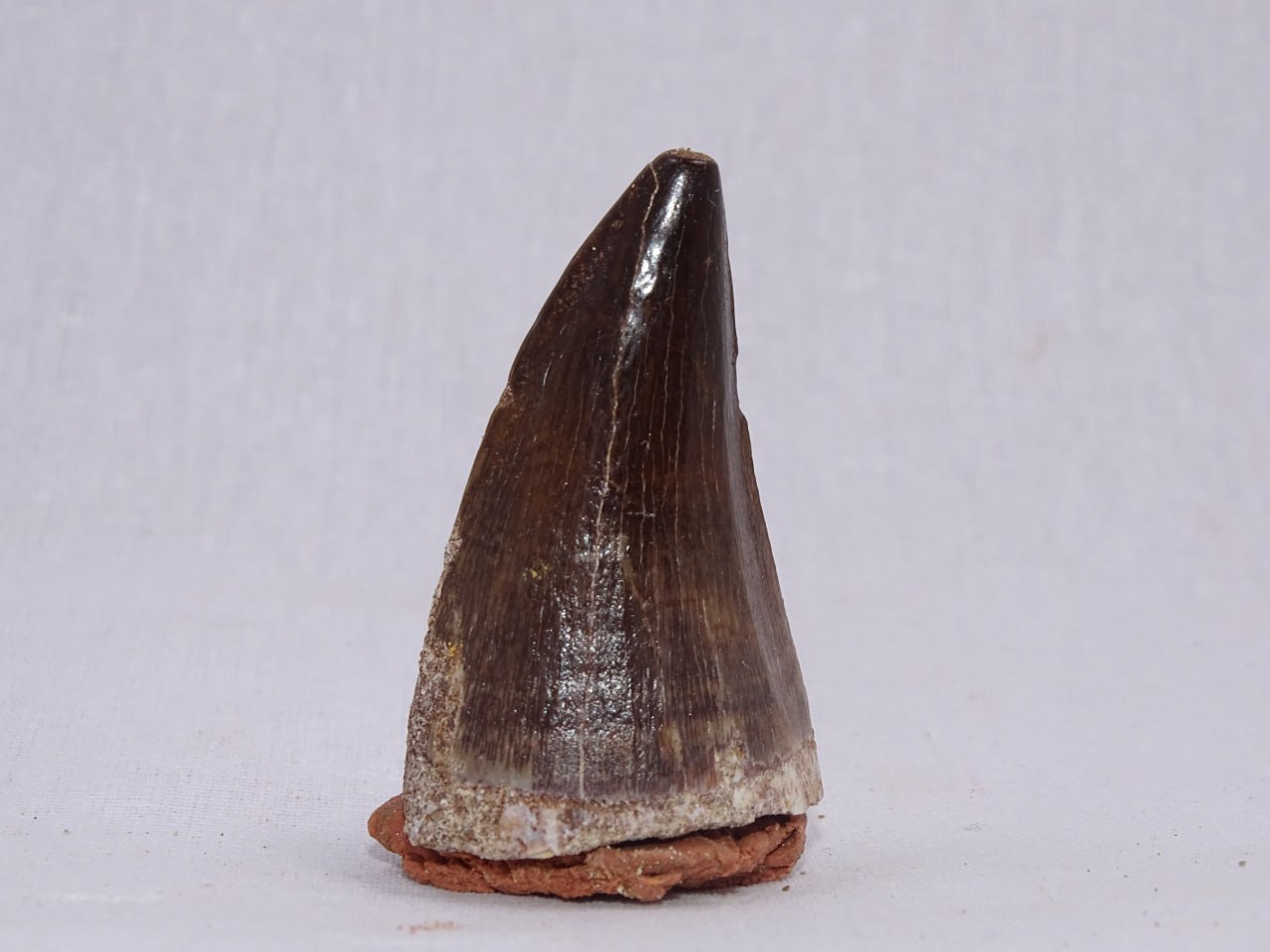


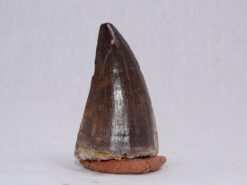



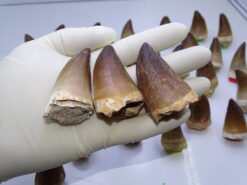
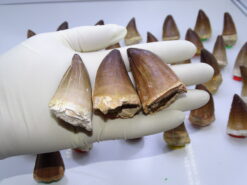
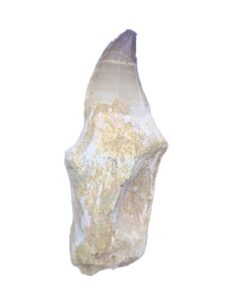
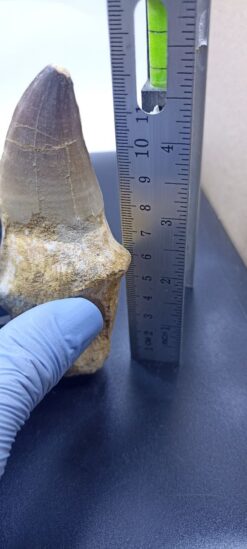

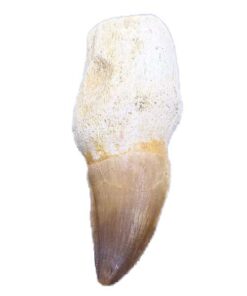





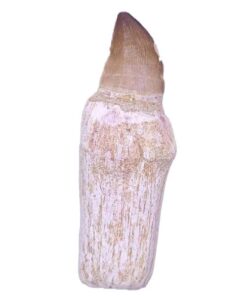
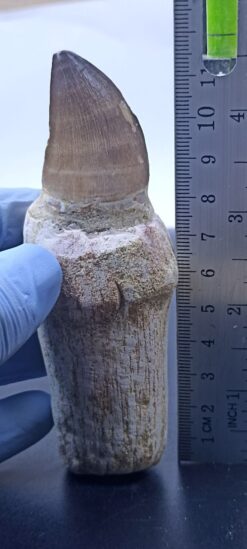
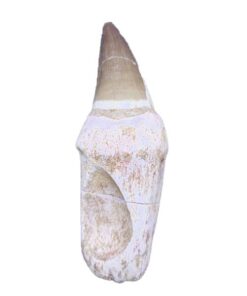
Reviews
There are no reviews yet.